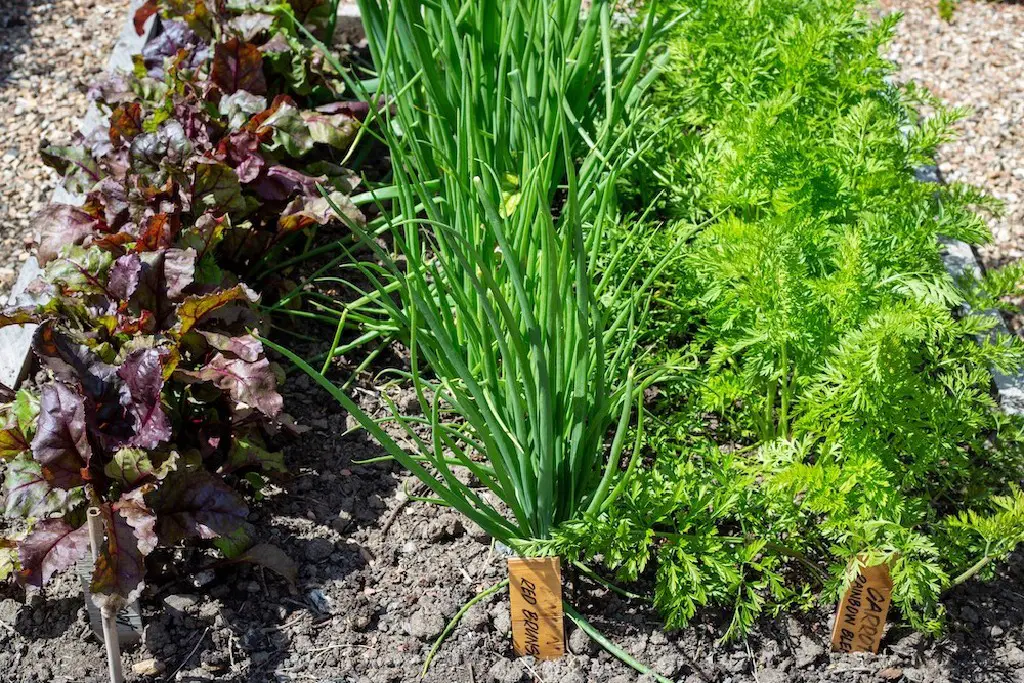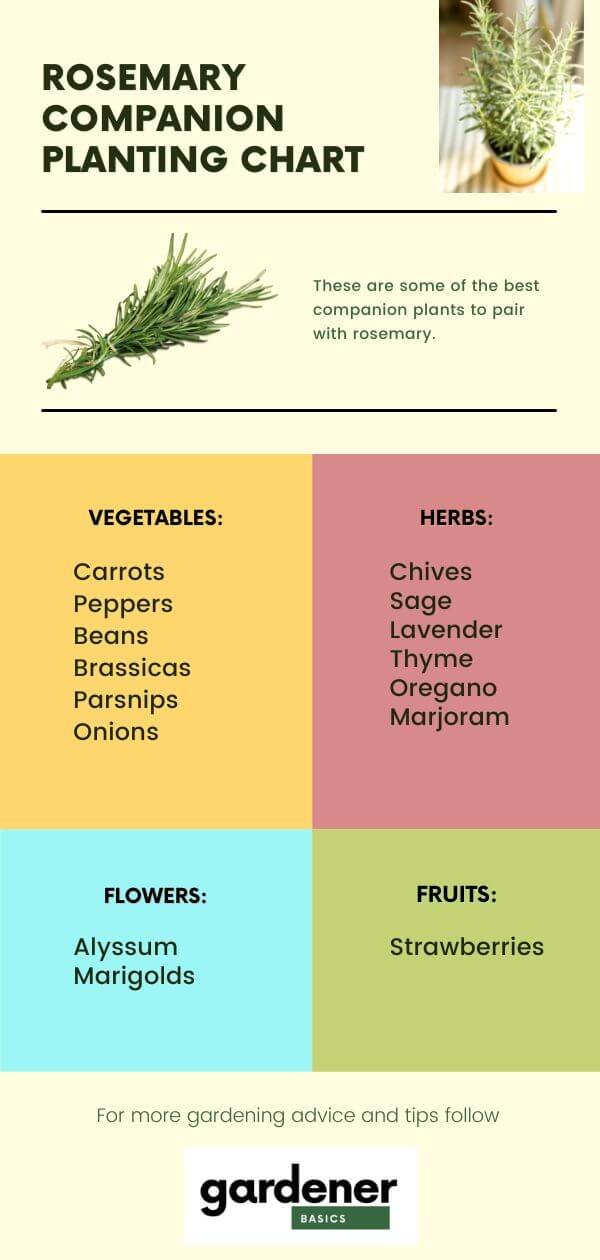Sage: The Ultimate Companion Plant
Sage is a versatile herb that can be used in both culinary and medicinal applications. It is also a valuable companion plant, meaning that it can help to protect other plants in the garden from pests and diseases.
In this blog post, we will discuss the benefits of using sage as a companion plant. We will also provide tips on how to plant and care for sage, as well as some recipes for using sage in your cooking.
Why Sage is a Good Companion Plant
There are several reasons why sage is a good companion plant. First, sage is a strong-smelling herb that can help to repel pests. For example, sage can help to keep cabbage moths away from cabbage plants.
Second, sage can help to attract beneficial insects, such as ladybugs and hoverflies. These insects help to control pests in the garden.
Third, sage can help to improve the soil. Sage is a nitrogen-fixing plant, which means that it can add nitrogen to the soil. This can benefit other plants in the garden.
How to Plant and Care for Sage
Sage is a relatively easy plant to grow. It prefers full sun and well-drained soil. Sage can be planted from seed or from transplants. If you are planting from seed, start the seeds indoors about 6 weeks before the last frost. If you are planting from transplants, wait until after the last frost to plant them outdoors.
Once sage is planted, water it regularly, especially during the first few weeks after planting. Sage does not like wet feet, so make sure that the soil does not become soggy.
Fertilize sage every few weeks with a balanced fertilizer. Sage is a heavy feeder, so it will need regular fertilizer to thrive.
Recipes for Using Sage
Sage is a versatile herb that can be used in a variety of dishes. Here are a few recipes for using sage in your cooking:
- Sage and butternut squash soup: This soup is hearty and flavorful. The sage adds a touch of warmth and depth to the dish.
- Sage and brown butter pasta: This pasta dish is quick and easy to make. The sage and brown butter give the pasta a delicious, nutty flavor.
- Sage and roasted chicken: This classic dish is perfect for a weeknight meal. The sage adds a touch of elegance to the chicken.
Conclusion
Sage is a valuable companion plant that can help to protect other plants in the garden from pests and diseases. It is also a versatile herb that can be used in a variety of dishes. If you are looking for a new herb to add to your garden, sage is a great option.
Sage is a versatile herb that can be used in cooking, medicine, and even as a companion plant. As a companion plant, sage can help to deter pests, attract beneficial insects, and improve the flavor of other plants. Some of the best companion plants for sage include:
- Brassicas: Sage can help to repel cabbage moths, cabbage loopers, and other pests that target brassicas.
- Carrots: Sage can help to repel carrot rust flies, which can damage carrot crops.
- Strawberries: Sage can help to deter slugs and other pests that can damage strawberries.
- Rosemary: Sage and rosemary are both Mediterranean herbs that can be grown together. They have similar growing requirements and can help to attract beneficial insects to the garden.
- Thyme: Thyme and sage have similar properties as companion plants. They can both help to deter pests and attract beneficial insects.
If you are interested in learning more about sage as a companion plant, I recommend visiting Gardenia Inspiration. This website has a comprehensive guide to companion planting, including information on the best plants to grow with sage.
FAQ of sage as a companion plant
- What are the benefits of using sage as a companion plant?
Sage is a great companion plant for many vegetables and herbs. It has a strong scent that deters pests, such as cabbage moths, cabbage loopers, and carrot rust flies. It also attracts beneficial insects, such as ladybugs and hoverflies, which prey on pests. Additionally, sage can help to improve the flavor of other plants, such as tomatoes and strawberries.
- What are some good companion plants for sage?
Some good companion plants for sage include:
Brassicas: Sage helps to repel pests that commonly attack brassicas, such as cabbage moths, cabbage loopers, and black flea beetles.
Carrots: Sage helps to repel carrot rust flies.
Peas: Sage helps to improve the flavor of peas.
Tomatoes: Sage helps to repel pests that commonly attack tomatoes, such as flea beetles and spider mites.
Strawberries: Sage helps to deter pests and enhance the flavor of strawberries.
What are some plants that should not be planted near sage?
Some plants that should not be planted near sage include:
Oregano: Oregano and sage are both in the mint family, and they can compete for resources.
Rosemary: Rosemary and sage have similar growing requirements, and they can crowd each other out.
Basil: Basil and sage have different soil pH requirements, and planting them together can lead to nutrient deficiencies.
Cucumbers: Cucumbers and sage can attract the same pests, so planting them together can make it more difficult to control pests.
Potatoes: Potatoes and sage can both attract the Colorado potato beetle, so planting them together can increase the risk of an infestation.
How far apart should sage plants be planted?
Sage plants should be planted about 18 inches apart. This will give them enough room to grow and spread without crowding each other out.
- When should sage be planted?
Sage can be planted in the spring or fall. If you are planting sage in the spring, wait until the soil has warmed up to at least 60 degrees Fahrenheit. If you are planting sage in the fall, plant it at least 6 weeks before the first frost.
Image of sage as a companion plant
5 different images of "sage as a companion plant" from Pinterest:
- Sage and broccoli: Sage can help repel cabbage moths, cabbage loopers, and other pests that can damage broccoli plants.
- Sage and carrots: Sage can help repel carrot rust flies, which can be a major pest for carrot plants.

- Sage and tomatoes: Sage can help repel flea beetles, which can damage tomato plants. It can also attract beneficial insects, such as ladybugs, that help to control pests.
- Sage and strawberries: Sage can help deter pests and enhance strawberry flavor. It can also help to improve the drainage of the soil around strawberry plants.

- Sage and rosemary: Sage and rosemary are both herbs that can tolerate hot, dry climates. They can also help to attract beneficial insects to the garden.

Post a Comment for "Sage: The Ultimate Companion Plant"